Nicole Lillie is the Housing Projects Director at Our Time to Act United and a second year TMC student studying political science at UC San Diego.
Last year, San Diego celebrated the completion of the Mid-Coast Trolley Extension, the largest transit investment in its history. This transit extension was approved in 2004, back when most of us were just learning to walk. As we began our first year of college, we students became some of the first to climb aboard the signature red-colored Blue Line trolleys straight from our UC San Diego campus.
After our government spent $2.2 billion on this transformative transportation, students must hold planners and our broader community accountable for making the most of the Mid-Coast Trolley Extension. This means pushing for two major things that the large majority of students already want: more housing and climate action.
More Housing & Housing Affordability
Perhaps one of the largest issues facing students is the affordability of housing. Currently, 5% of both undergraduates and graduate students of the University of California system face homelessness at some point during their educational careers, and 90% of UCSD’s graduate-student workers identify as rent burdened.
The ultimate origin of San Diego’s housing crisis is that San Diego has failed to build enough homes overall. According to the Voice of San Diego, homebuilding in San Diego has “truly bottomed out.” They continued on, “[b]y one simple measure, San Diego’s lack of homebuilding since 2010 has resulted in 59,000 fewer units than what’s needed to match the population growth in that time.”
In order to address the root cause of housing unaffordability and homelessness, we need to build more homes.
But not all housing is created equal. The single-family home with a white picket fence, manicured lawn, and two-car garage promised by the “American Dream” is rooted in exclusionary housing practices like redlining and racial steering. Since the dawn of single-family homes in the 1950s, redlining systematically prevented non-white individuals from obtaining homes that were seen as good investments and building generational wealth.
Today, single-family homes are still inaccessible to many, disproportionately affecting communities of color. They also lock land in inefficient, low-density neighborhoods with lots of unusable space, crumbling roads, and poor transit options.
Not to mention, they are often a net loss in revenue for the city. Single-family homes are just like pennies: they cost more than they’re worth. The most effective and economical solution is to build more high-density, multi-family, mixed-use housing — especially near major transit stops.
Climate Action & Sustainability
High-density, multi-family, mixed-use housing supports the fight against the climate crisis.
50% of local emissions in the City of San Diego come from transportation. When you build high-density housing near transit, it enables more people to take public transportation instead of personal vehicles.
Mixed-use development is also key. This is when you put housing next to commercial buildings. On UC San Diego’s campus, you can study, work, and live — all within a walkable or bikeable distance. City-wide adoption of mixed-use projects can and should be prioritized. When this vision is realized, residents of these neighborhoods will be able to decrease their commute times, lower emissions, and more frequently use public transportation, like the new extended trolley system, buses, or even just biking or walking to work.
Single-family homes are bad for the environment, too. They have a bigger carbon footprint with higher per capita emissions than their multi-family counterparts. Furthermore, single-family homes enforce car dependency, which has become an unpleasant reality of living in American suburbia.
Ensuring a more equitable and sustainable future for San Diego does not stop at increased housing. We need to ensure that effective transit is always available to support high-density housing. We also need biking lanes and bike lockers, safe pedestrian crossings, and better bus systems.
How do we achieve this?
Luckily, the completion of this extension comes at a great time for change-making. Every neighborhood in San Diego completes a “Community Plan Update,” which lays out future land use and major community projects for the next few decades. Currently, the University Community Planning Group, which includes UCSD and surrounding areas, is finalizing their first Plan Update in 35 years.
Making sure the most high-density, multi-family, mixed-use housing is included in our city’s future plans requires a lot of effort from students, but we must be a part of this major decision-making process. Research and comprehensive reporting on the issues we face, like from our friends at Circulate San Diego and their upcoming “Making the Most of the Midcoast” report, can help students understand the problems and form solutions.
As Housing Projects Director at Our Time to Act (OTTA) United, I fight to include the student and youth voices in determining the future of housing policy in San Diego. The youth will be the ones most impacted by the direction of growth and development in our community.
We’ve already gone to City Hall to advocate for student interests, and we plan on doing it again. We are fighting for the future we deserve, but we must unite to take action. Read, discuss, and share. And if you’re ready to join us in making the future a brighter place, fill out this interest form to get involved.
Make your voice heard.
And if you’re ready to join us in making the future a bright place, visit the UCSD Guardian website to fill out an interest form to get involved.
Image courtesy of San Diego City TV


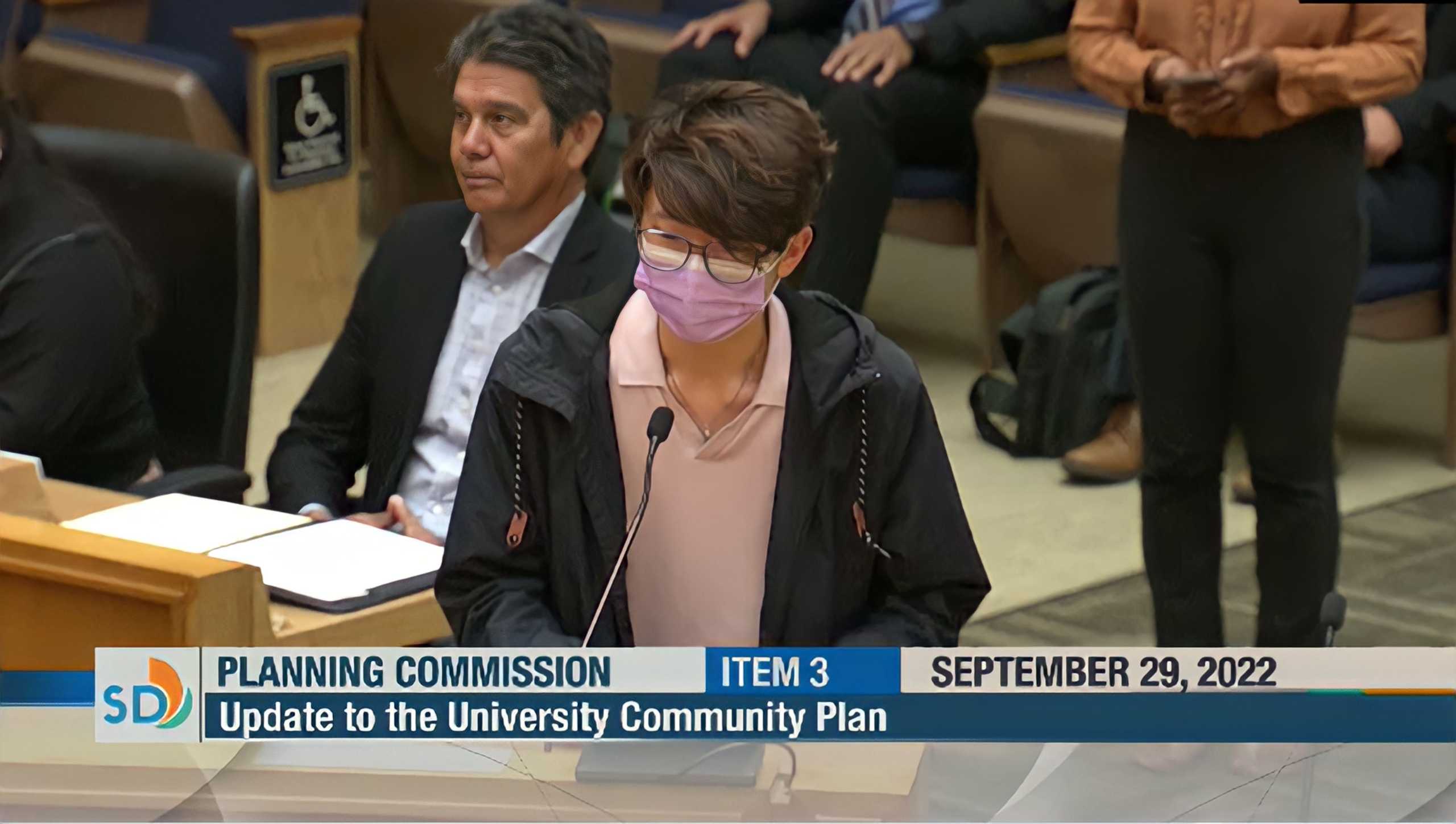








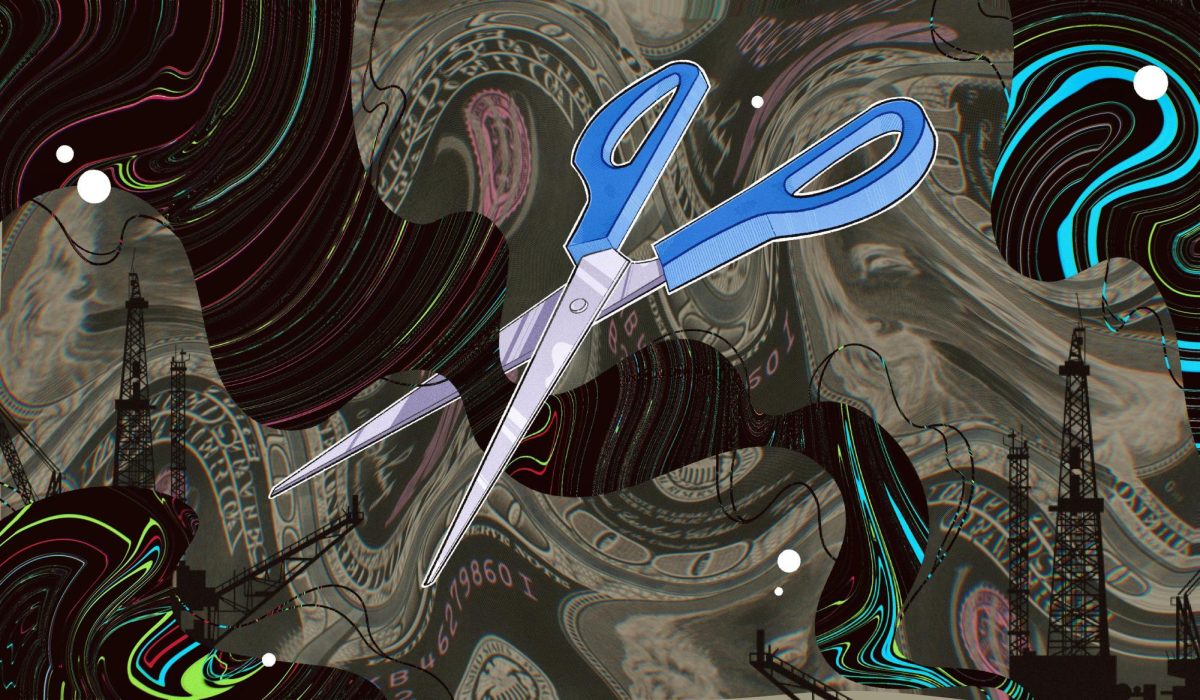

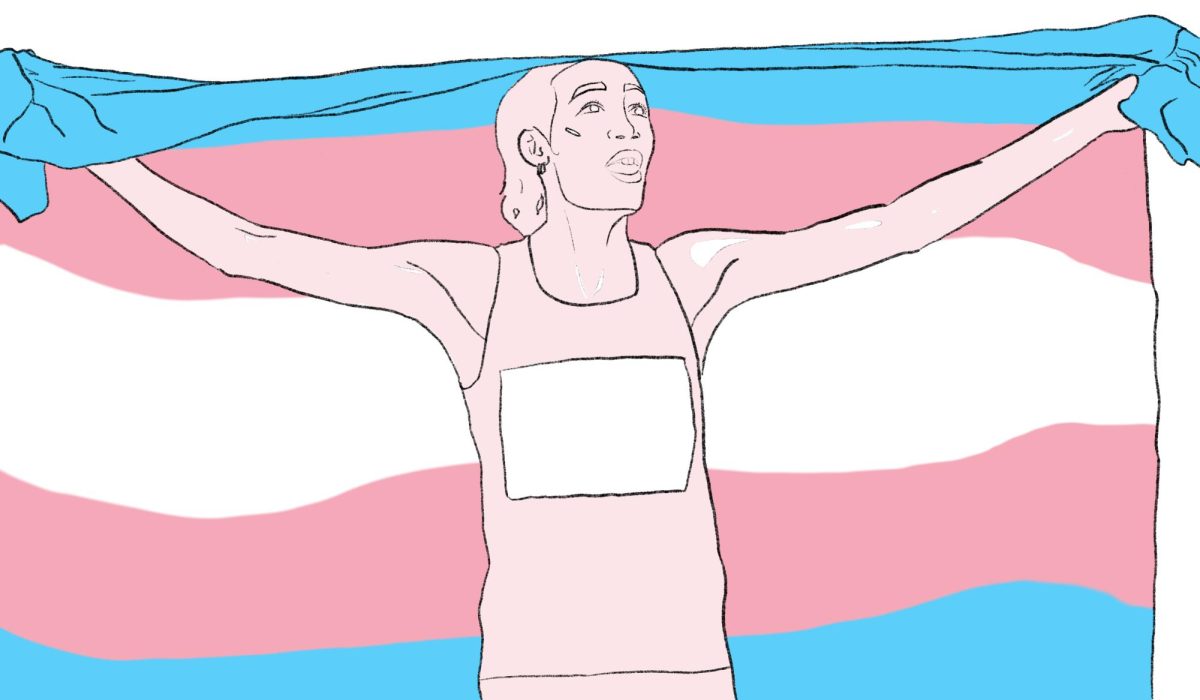
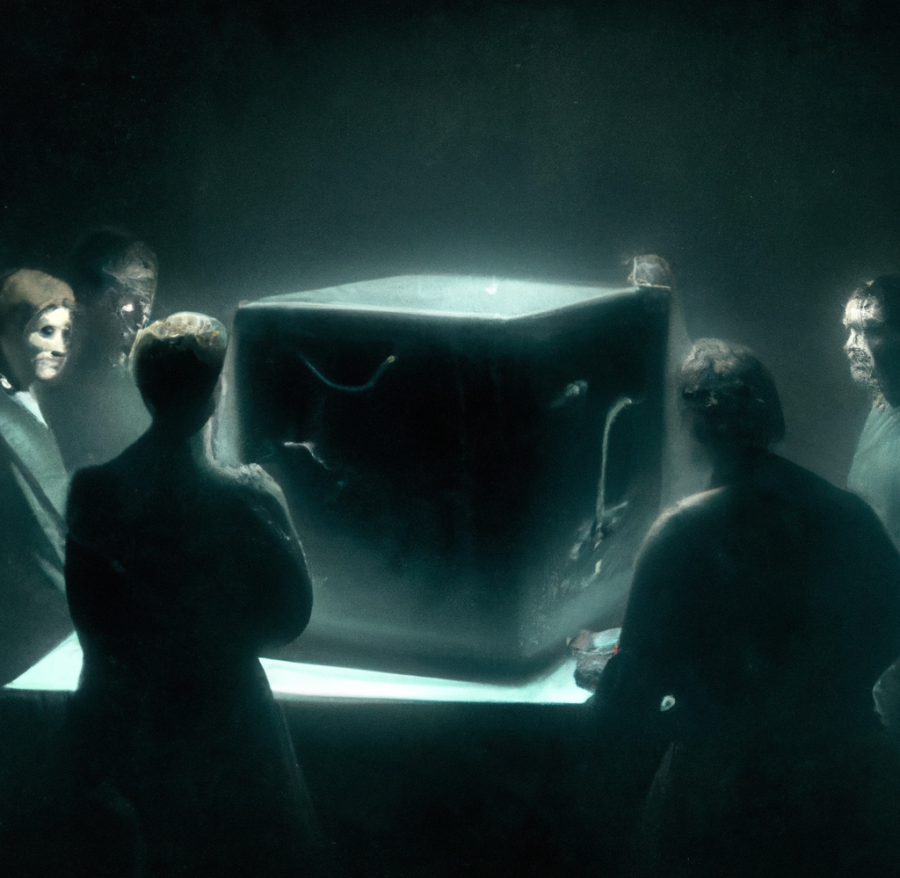


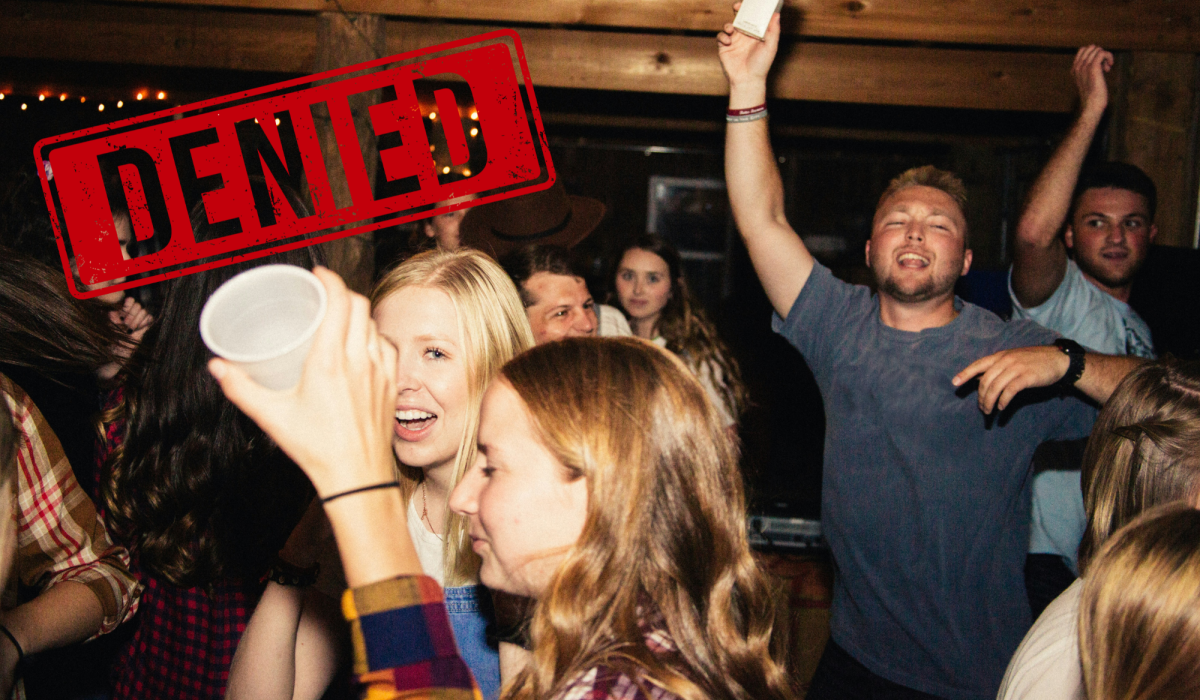
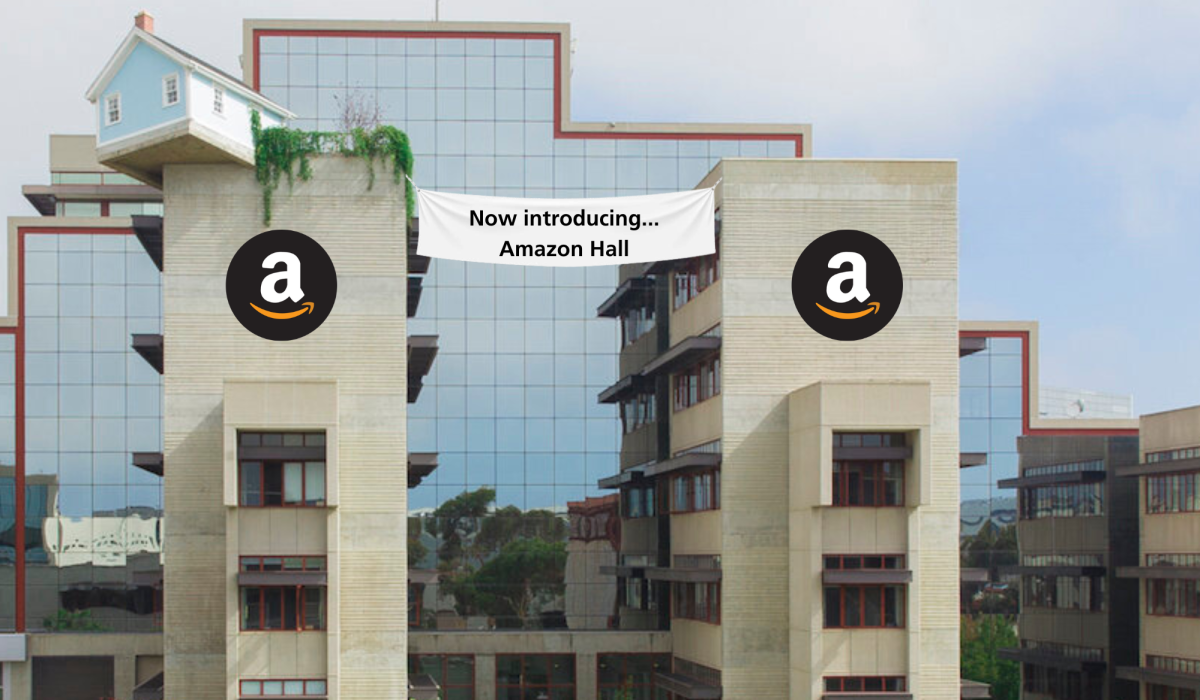


Erik Shel • Feb 20, 2024 at 7:55 am
The sad thing is the author did not also research the housing shortages based on AirBnB issues, these investment only homes have taken a portion of possible ownership and or long term rentals out of the housing loop. The other is most good paying and or professional job for a mass population, like San Diego, aren’t simply a few miles down the street. making statements with out facts and or links to un-biased studies is simply just opinion.
Sean Austin • Mar 12, 2023 at 11:46 pm
Can the author explain exactly what “Single-family homes are just like pennies: they cost more than they’re worth.” even means? The return on my SFR is one of the best investments I ever made. What makes the author think that once these great high rise dense buildings are built that they are going to be “affordable”? This is CA. It is asinine how much it costs to build anything. It’s almost like the author knows nothing about basic economics but sure up to date on the current liberal buzzwords of a socialist. Sounds like UCSD needs to focus on teaching basic monetary principles rather than churning out more entitled social justice warriors (At $40K a year no less- I guess the joke really is on the author!)